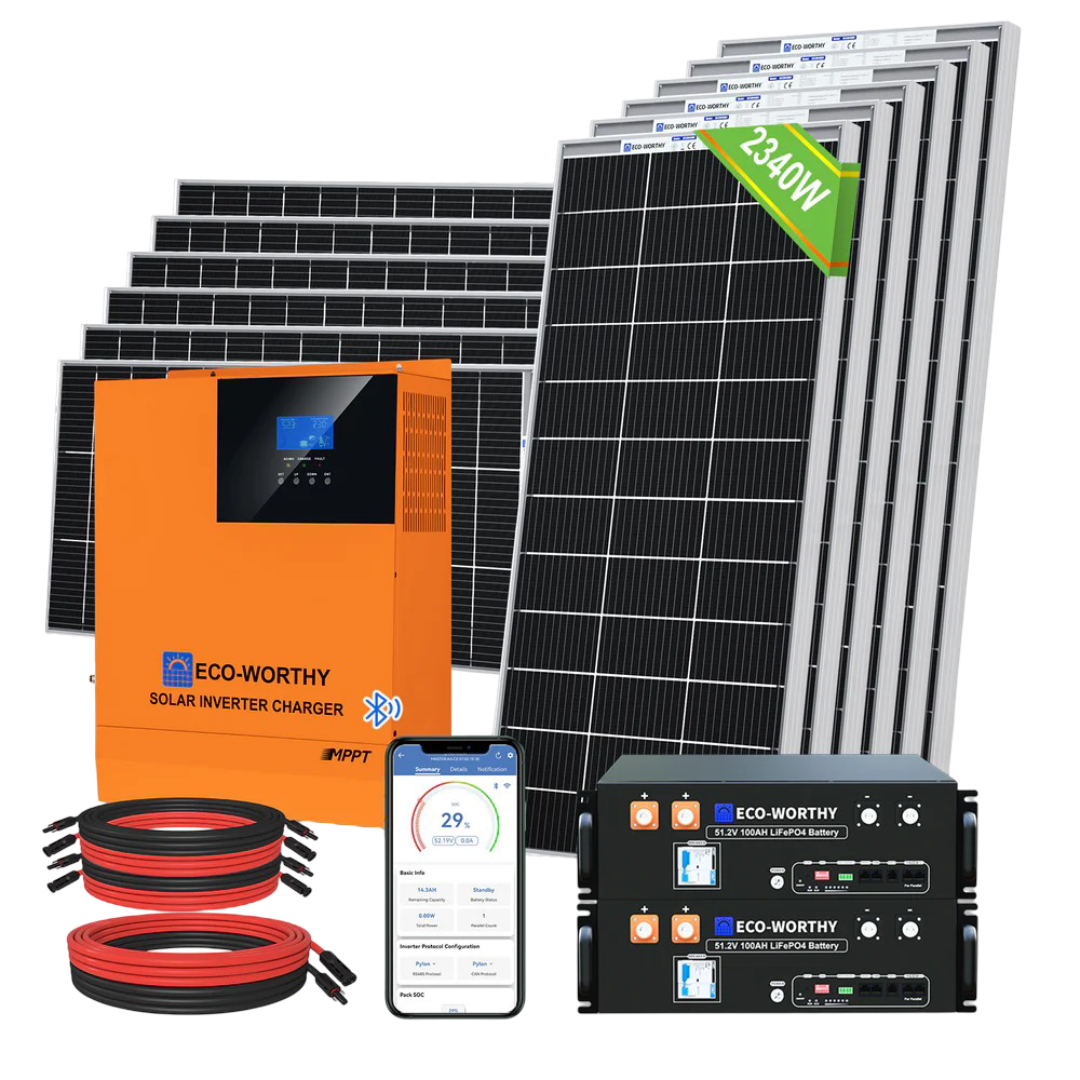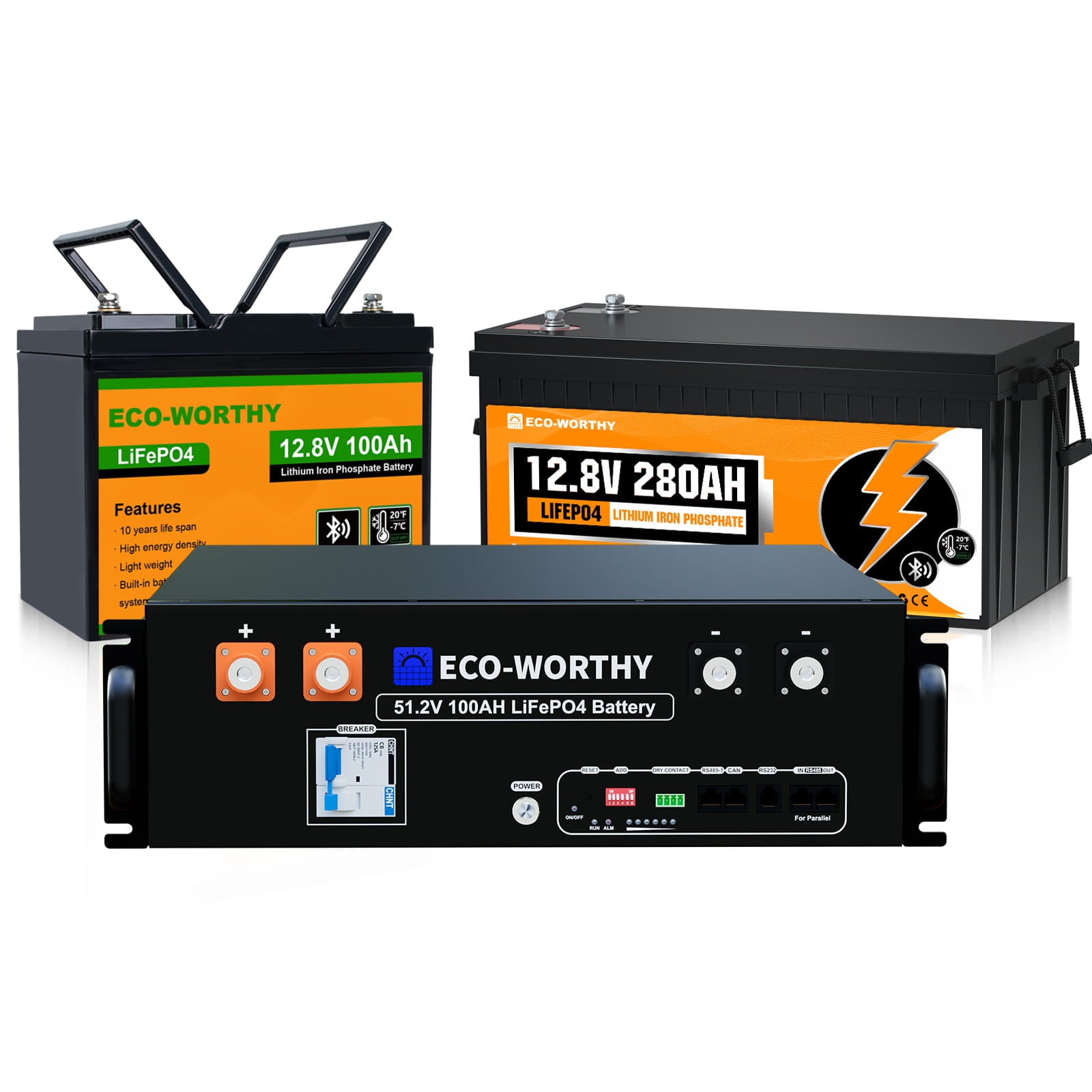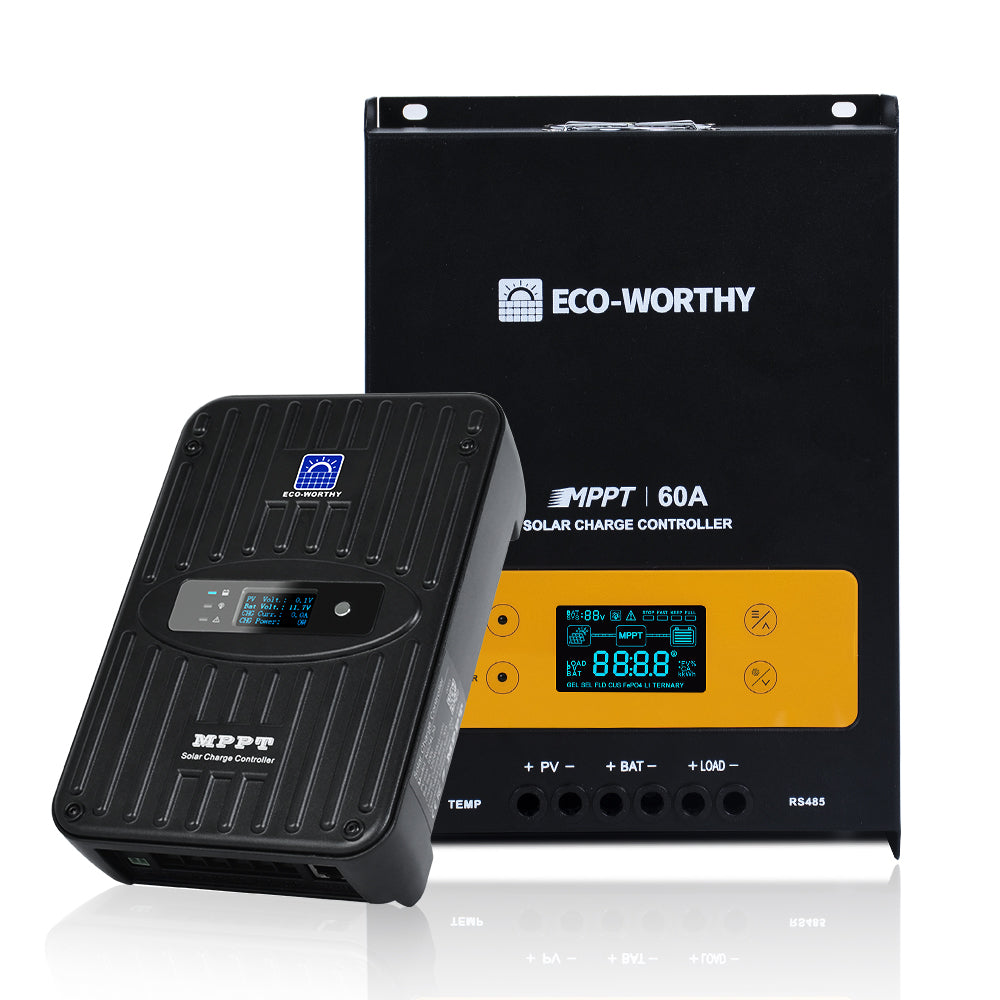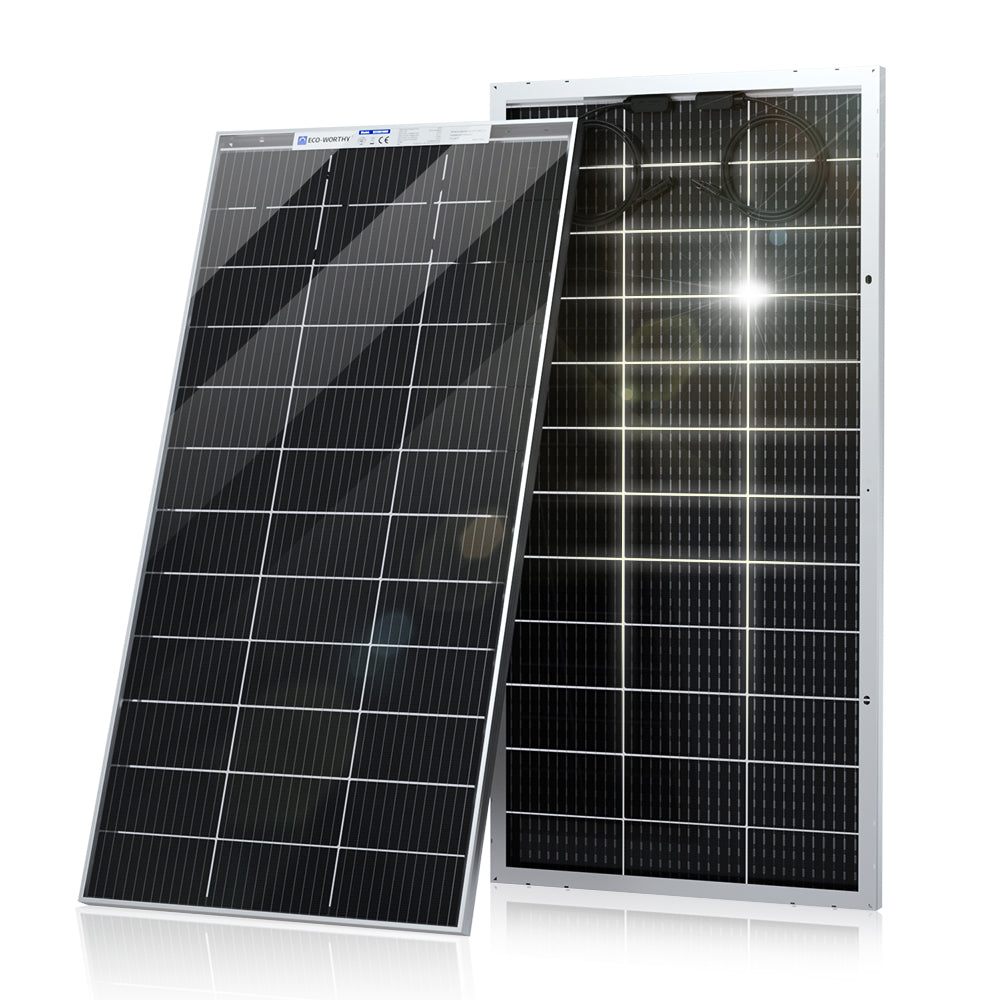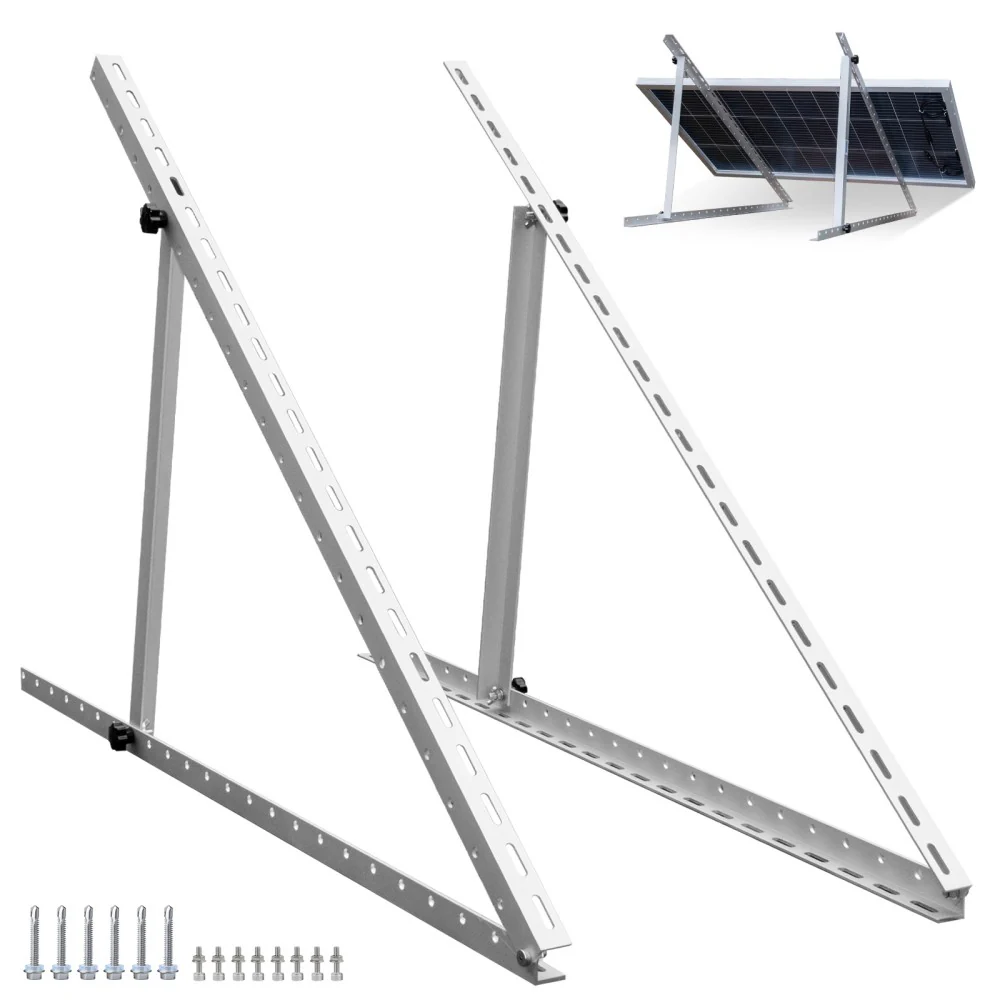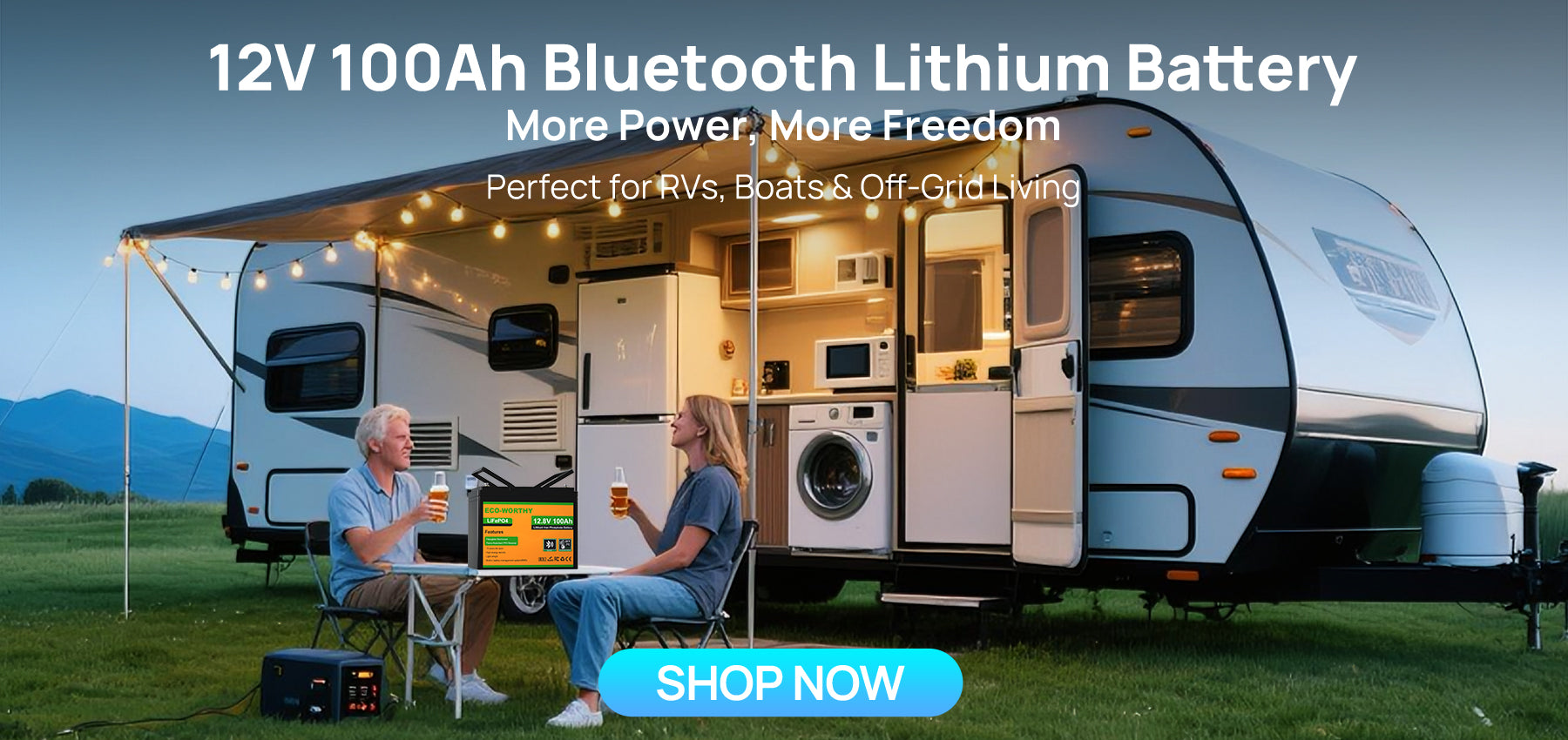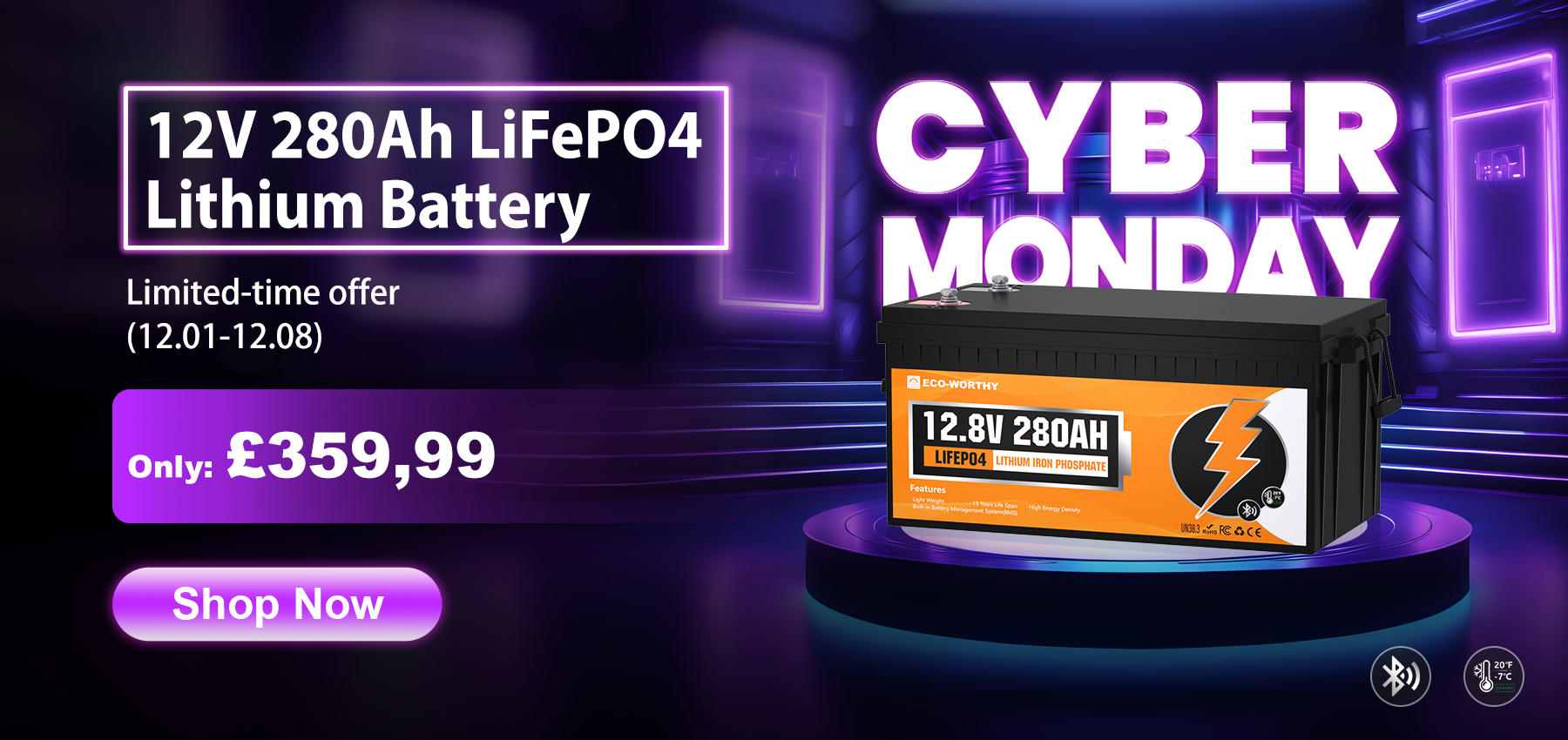Your lithium leisure battery is the unsung hero powering your off-grid experiences, but its performance hinges on one crucial factor: how you charge it. Proper charging not only extends your battery's life but also ensures your safety and the reliability of your equipment. Whether you're a seasoned camper or new to the world of portable power, understanding the ins and outs of charging your lithium leisure battery is essential. Get it right, and you'll enjoy longer-lasting power, fewer replacements, and worry-free trips. Get it wrong, and you could face disappointing power failures or even dangerous situations. In this guide, we'll demystify the process, equipping you with the knowledge to charge your battery safely and efficiently, so you can focus on what really matters – enjoying your time in the great outdoors.
Key Features of Lithium Leisure Batteries
Before diving into charging techniques, let's explore what makes lithium leisure batteries stand out. These powerhouses boast three game-changing characteristics that set them apart from traditional battery types.
1. Impressive Energy Storage
Lithium leisure batteries are renowned for their high energy density. But what does this mean for you?
- More Power, Less Space: These batteries pack a substantial amount of energy into a compact form. This translates to longer-lasting power without taking up precious space in your RV or boat.
- Lightweight Efficiency: Despite their impressive capacity, lithium batteries are significantly lighter than their lead-acid counterparts. This weight reduction can improve fuel efficiency in your vehicle and make handling easier.
2. Exceptional Longevity
The lifespan of your battery is crucial, and lithium leisure batteries excel in this area.
- Charge Cycle Champions: With proper care, these batteries can endure thousands of charge cycles. This far surpasses the lifespan of traditional batteries, potentially lasting the lifetime of your leisure vehicle.
- Proper Charging Pays Off: The key to maximizing this longevity lies in correct charging practices. By following the right procedures, you'll ensure your battery performs optimally for years to come.
3. Minimal Self-Discharge
One of the most convenient features of lithium leisure batteries is their low self-discharge rate.
- Store Now, Use Later: Unlike other battery types that lose charge rapidly when idle, lithium batteries retain their charge for extended periods. This makes them ideal for seasonal use or long-term storage.
- Always Ready: Even after months of inactivity, your lithium battery will likely have enough charge to power your devices without immediate recharging.
With this knowledge, you're better equipped to harness the full potential of your portable power source.

Risks of Improper Charging for Your Lithium Leisure Battery
Choosing the right charger for your lithium leisure battery is crucial for safety and performance.
1. Undercharging
When a charger's voltage or current is too low, it fails to fully charge your battery. This not only means less power for your devices but can also harm your battery over time. Your equipment may unexpectedly shut down during use, and repeated undercharging can degrade the battery's overall capacity and lifespan.
2. Overcharging
Using a charger with excessive voltage is particularly dangerous. It can cause your battery to swell, overheat, or even catch fire in extreme cases. Overcharging damages the battery's internal structure and can lead to thermal runaway, posing a significant safety risk to you and your property.
3. Accelerated Battery Aging
Consistently using an incompatible charger might not cause immediate failure, but it can significantly shorten your battery's life. You may find yourself needing to replace the battery much sooner than expected, leading to unnecessary expenses and environmental waste.
4. Inefficient Charging
The wrong charger can also make the charging process inefficient. It might take much longer to charge your battery, or fail to charge it completely. This not only wastes your time but also consumes more electricity, potentially increasing your energy costs.
How to Select the Ideal Charger for Your Lithium Leisure Battery
Choosing the right charger is crucial for your lithium leisure battery's performance and longevity. There are some key factors to consider when making your selection.
1. Check the Voltage: Must Match Your Battery
Look at your battery's label and find its voltage. Your charger's voltage should be exactly the same. For example, if your battery says 12V, you need a 12V charger.
2. Set the Right Current: Use the 10-20% Rule
Find your battery's capacity in amp-hours (Ah). Choose a charger with a current that's 10-20% of this number. For a 100Ah battery, pick a charger with 10-20A output.
3. Look for Smart Features: Multi-Stage Charging is Best
Choose a charger with multi-stage charging, temperature monitoring, and auto-shutoff. These features help charge your battery safely and efficiently.
4. Ensure Safety Features: Protect Against Common Issues
Make sure your charger has built-in protection against overcharging, short circuits, and reverse connections. These safety features prevent damage to your battery and charger.
5. Confirm It's Made for Lithium: Check the Label
Always double-check that the charger is specifically designed for lithium leisure batteries. The packaging or product description should clearly state this.
Careful consideration of these factors will lead you to a charger that keeps your lithium leisure battery healthy and efficient, promising years of reliable service for your outdoor adventures.
How to Safely Charge Your Lithium Leisure Battery
After selecting the right charger, it's time to power up your lithium leisure battery. Follow this guide to ensure a safe and efficient charging process.
1. Set Up Your Charging Space
Before you begin, create a suitable charging environment. Choose a dry, well-ventilated area away from flammable materials. The ideal temperature for charging ranges from 10°C to 30°C (50°F to 86°F). This controlled setting minimizes risks and optimizes the charging process.
2. Check Your Equipment
Take a moment to examine your battery and charger. Look for any signs of damage or swelling on the battery. Ensure all connections are clean and free from corrosion. Verify that your charger's cables are intact. Addressing any issues before charging can prevent potential problems down the line.
3. Make the Connection
Carefully connect your battery to the charger. Start by aligning the positive (+) and negative (-) terminals correctly. Always connect the positive cable first, followed by the negative. Secure the connections, but avoid over-tightening. Using insulated tools can help prevent accidental short circuits during this process.
4. Keep an Eye on the Charging Process
As your battery charges, stay vigilant. Watch for any unusual heat or odors, which could indicate a problem. If your charger has a display, check it periodically for voltage and current readings. Note the estimated charging time and set a reminder if needed. While most modern chargers automatically stop when the battery is full, it's wise to remain attentive.
5. Wrap Up and Store
Once charging is complete, safely disconnect your battery. First, unplug the charger from the power source. Then, disconnect the negative cable, followed by the positive. If you're not using the battery immediately, store it in a cool, dry place. Remember to check your battery's charge level every few months when in storage, topping up if necessary.
Three Common Charging Problems
Even with proper care, you might face issues when charging your lithium leisure battery. Here's three most frequent problems:
1. Slow Charging
If your battery is taking longer than usual to charge, first check your charger's output. Ensure it matches the specifications recommended for your battery. A weak or faulty charger can significantly slow down the process. Next, examine your battery's condition. Over time, batteries can lose capacity, leading to longer charging times. If your battery is old or has been through many charge cycles, it might be time for a replacement.
2. Battery Overheating
A battery that gets uncomfortably hot during charging is a serious concern. First, verify that you're using the correct charge current. Too high a current can cause overheating. Also, check your charging environment. A hot or poorly ventilated area can exacerbate heating issues. If the problem persists even in ideal conditions with the right charger, your battery might be damaged and should be replaced for safety.
3. Failure to Charge
A battery that refuses to charge can be frustrating. Start by double-checking all connections. Ensure they're clean, tight, and correctly aligned. Next, test your charger with another battery if possible, or try a different charger with your battery. This can help determine whether the issue lies with the battery or the charger. If your battery is new and won't take a charge, it may be defective and should be returned or replaced.
Charge Your Lithium Leisure Battery Correctly
Proper charging is essential for your lithium leisure battery's performance and lifespan. By choosing the right charger, following safe procedures, and addressing common issues, you'll keep your battery in top condition. Remember to set up a suitable charging environment, monitor the process, and store the battery correctly when not in use. These practices help prevent problems like slow charging, overheating, or failure to charge. With this knowledge, you can maintain your lithium leisure battery effectively, ensuring it remains a reliable power source whenever you need it.

